
Sparkle Your Seats: DIY Upholstery Cleaner Recipes
Chosen theme: DIY Upholstery Cleaner Recipes. Welcome to a cozy corner of practical chemistry, fabric-savvy tips, and real-life wins that help your sofas, chairs, and cushions look, smell, and feel wonderfully fresh. Join the conversation, share your favorite formulas, and subscribe for new recipes tested on everyday messes.
Decoding fabric types and cleaning codes
Peek under your cushion or along a seam for the tag: W means water-based cleaners, S means solvent-only, W/S accepts both, and X is vacuum-only. Fiber content matters, too—polyester handles moisture better than rayon, while silk and acetate are delicate divas. Comment below if your tag is missing, and we’ll help you troubleshoot.
Why stains set—and how to stop them fast
Stains bond as liquids evaporate and residues oxidize, especially with heat. The trick is speed and dilution: blot, don’t rub; keep the area slightly damp while your chosen cleaner loosens residue; and avoid hot air that can set proteins or dyes. Tell us your toughest stain story, and we’ll suggest a targeted recipe.
The essential patch-test ritual
Mix your cleaner, then test in a hidden spot for colorfastness and texture changes. Press a white cloth for 30 seconds, check for dye transfer, and let dry completely to spot rings or fading. This small step saves whole sofas. Share your patch-test results to help others choose safe strengths and techniques.
The Pantry All-Purpose Upholstery Cleaner (W or W/S Fabrics)
Simple, effective, and gentle recipe
Combine 1 cup distilled water, 1 tablespoon clear, mild dish soap, and 1 tablespoon white vinegar in a spray bottle. This works well on many W or W/S fabrics, but avoid leather, silk, or rayon. Always patch-test first, as acidity can encourage color bleed on certain natural fibers.
Mixing and storage tips that prevent residue
Use distilled water to reduce mineral rings. Swirl gently to avoid foamy overflow, then label with date and ingredients. Store in a cool, dark place and remix weekly for freshness. Keep a separate bottle of plain distilled water for a final rinse pass that removes any leftover soap film.
How to apply for spotless results
Vacuum first. Lightly mist the cleaner onto a white cloth, then blot the stain from outside in. Follow with a damp cloth of distilled water to rinse, blot dry with a towel, and aim a fan across the area. Post your before-and-after moments—we love celebrating those revived cushions.
Stain-Specific Spotters That Actually Work
Grease and oily food stains
Sprinkle baking soda or cornstarch over the spot and let it sit 15–30 minutes to absorb oils. For S or W/S fabrics, blot with 70% isopropyl alcohol on a white cloth, ventilate well, then brush fibers when dry. Share which absorbent worked best in your kitchen-couch battles.
Red wine, coffee, and tea
Blot immediately, then try club soda to lift dyes. On light, colorfast W fabrics, dab a mix of 1 teaspoon dish soap + 1 tablespoon 3% hydrogen peroxide in 1 cup water. For dark fabrics, test an oxygen-bleach solution carefully. Rinse with distilled water and blot dry. What’s your go-to first move?
Pet accidents and protein-based messes
Use cold water only—heat sets proteins. Mix 1 cup cool distilled water with 1 teaspoon enzyme-based laundry detergent, keep the area slightly damp for 10–15 minutes, then blot thoroughly. Repeat if needed and finish with a rinse. Tell us your pet-cleanup triumphs to encourage fellow readers.
Baking soda reset for lingering odors
After vacuuming, dust a fine layer of baking soda over cushions and seams, then leave overnight. It gently absorbs acidity and oils without harsh residues. Vacuum slowly to remove every grain. I once rescued a curry-scented loveseat this way—tell us what stubborn smell you finally beat.
Alcohol mists for S-coded fabrics
For S or W/S tags, lightly mist 70% isopropyl alcohol or plain vodka from 12 inches away, patch-tested first. Alcohol flashes off quickly, reducing odor-causing compounds. Open windows, avoid soaking, and never use on acetate blends. Comment if a delicate fabric surprised you during testing.
Sunlight and airflow, used wisely
Give cushions a brief morning sun session—no more than 20–30 minutes—to discourage odors, then rotate and air indoors. UV can fade dyes, so keep exposures short. Fans and cross-breezes finish the job. Share your airflow hacks for small apartments or rainy days.
Delicate and Specialty Surfaces: Care With Confidence
For S-coded microfiber, blot stains with 70% isopropyl alcohol, then gently brush the nap with a soft-bristle brush as it dries. For velvet, use minimal moisture and gentle steam from a distance to lift marks. Always test hidden areas. Tell us how your velvet recovered its luxe sheen.
Delicate and Specialty Surfaces: Care With Confidence
Mix cool distilled water with a few drops of wool-safe detergent. Lightly blot—never saturate—to avoid tide lines. Support the fabric with a dry towel under the spot, then dry flat with a fan. If you’ve tamed a linen armchair, share your technique so others can replicate your success.
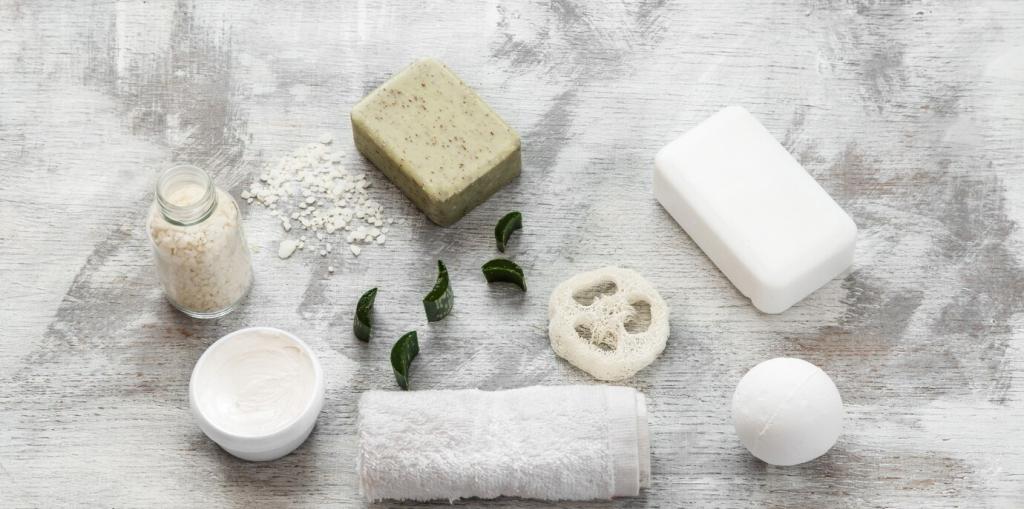
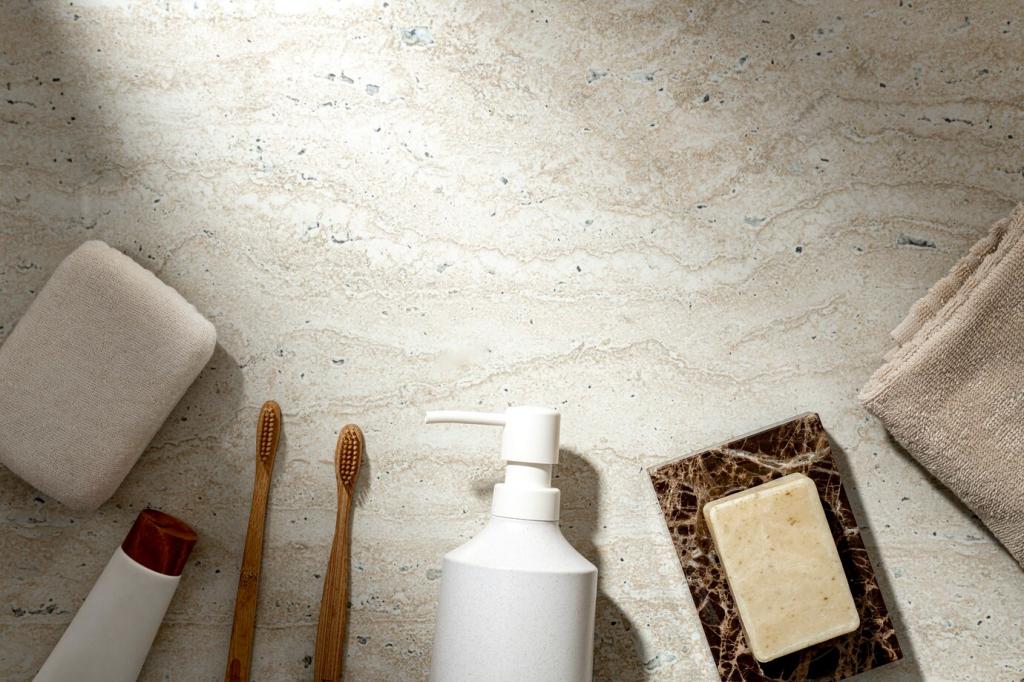
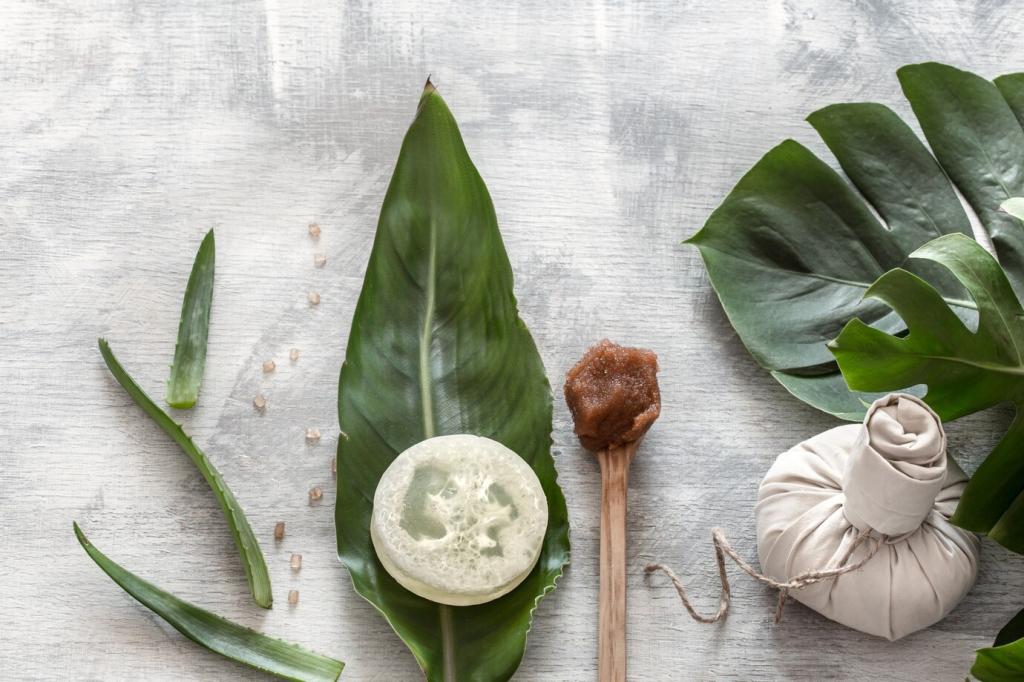
Use a crevice tool and upholstery brush to lift grit from seams and buttons. Dry soil turns to muddy paste when wet, so this step matters. A reader once shaved twenty minutes off cleaning time by doubling down on vacuuming. Share your favorite attachment for tricky corners.
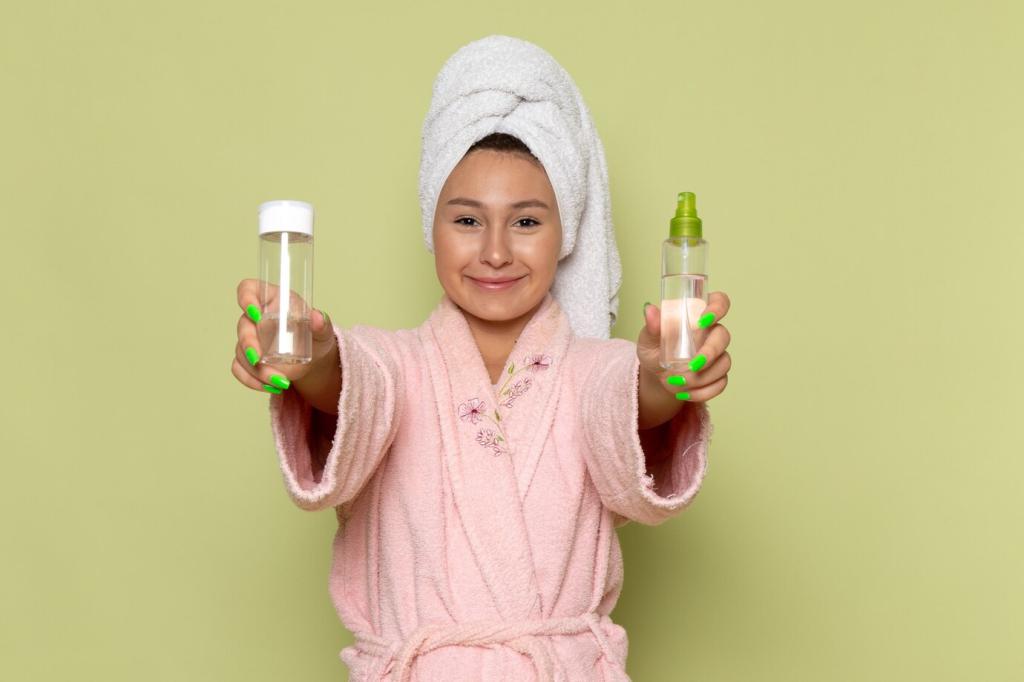
Work from the outside in with white, lint-free cloths. Use gentle tamping to lift soil into the towel, then rotate to clean sections. Stack fresh towels and weight them briefly to wick moisture upward. Do you have a go-to cloth brand that never bleeds? Recommend it below.

After rinsing with distilled water, press a dry towel to remove excess moisture. Aim a fan across the area and keep airflow steady until fully dry. Brush the nap in one direction to blend texture. Share your drying setup—fans, dehumidifiers, or creative airflow solutions.
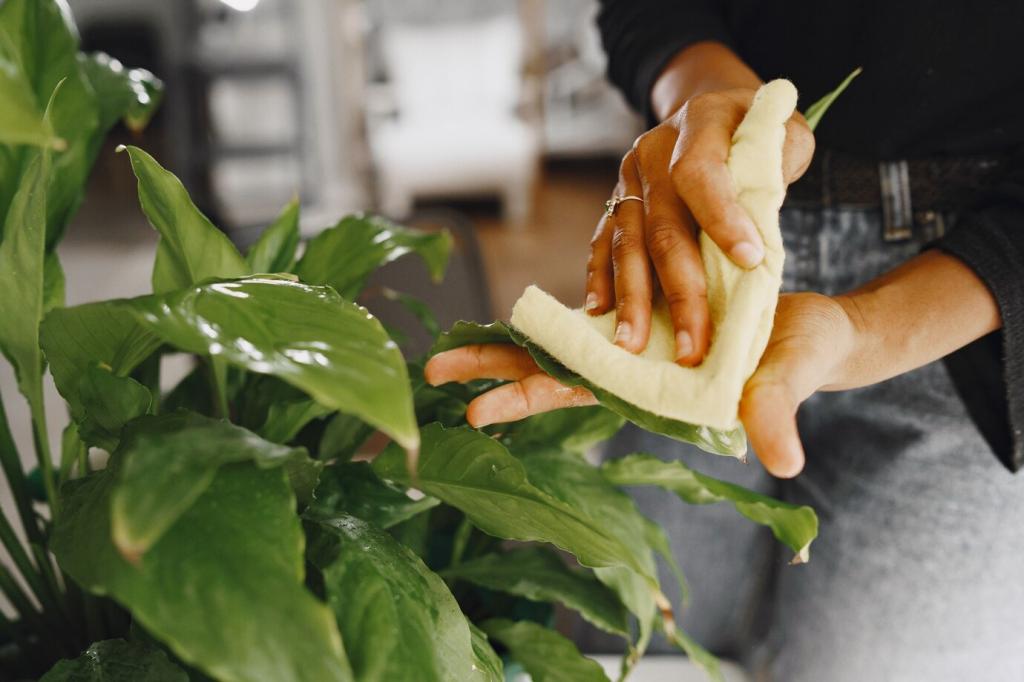
Your DIY Upholstery Care Routine
Vacuum thoroughly, then lightly mist a solution of 1 cup distilled water with 1 teaspoon mild dish soap onto a cloth and wipe high-touch areas. Follow with a plain distilled water cloth to rinse. Post your monthly checklist or download ours by subscribing for future DIY recipes.
Your DIY Upholstery Care Routine
Sprinkle baking soda on cushions for ten minutes while you tidy, vacuum slowly, then spot-treat any visible marks with the all-purpose mix. Fluff cushions, brush the nap, and crack a window. Share your speed-clean secrets—our readers love realistic routines that actually fit busy days.
